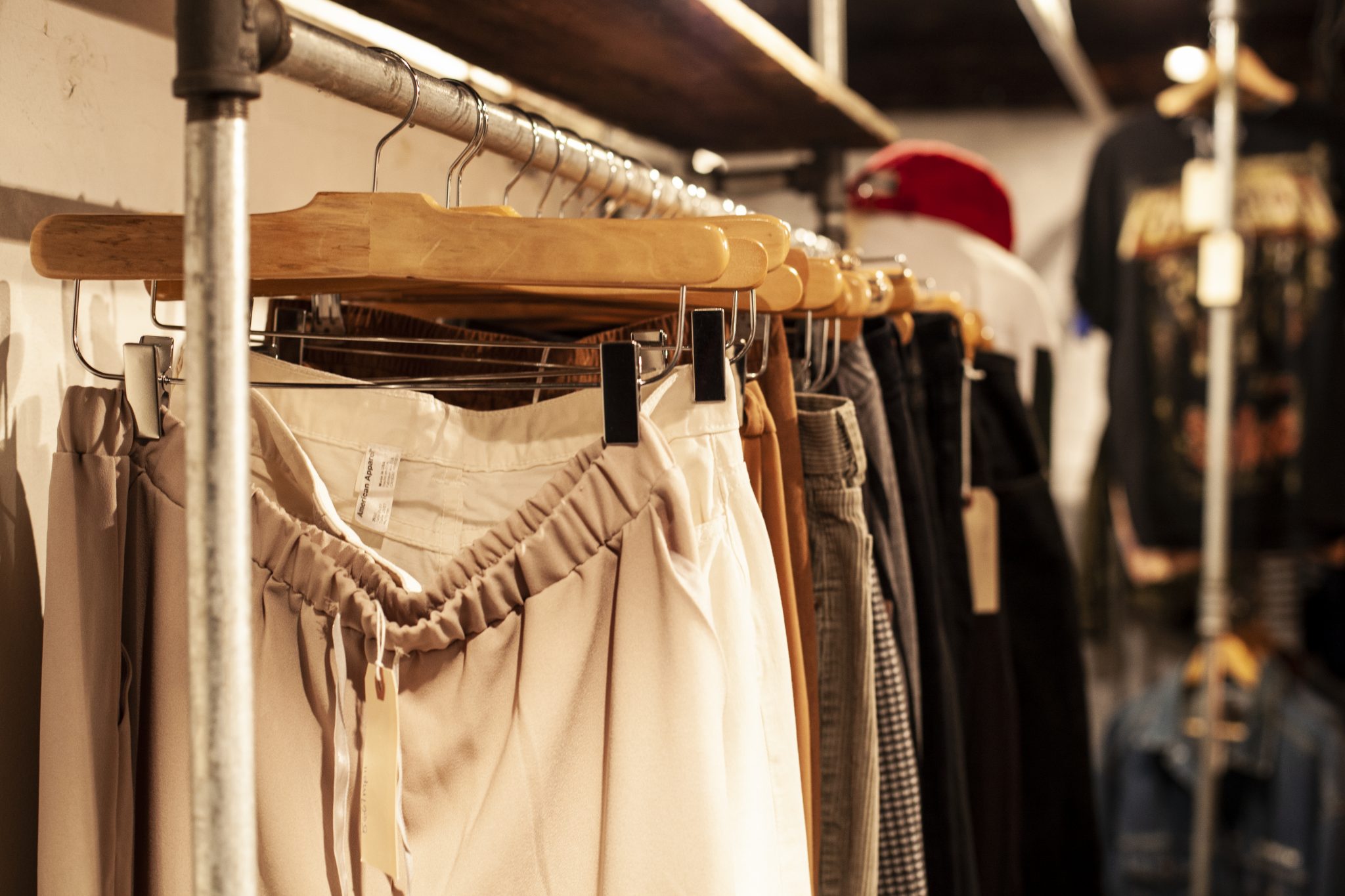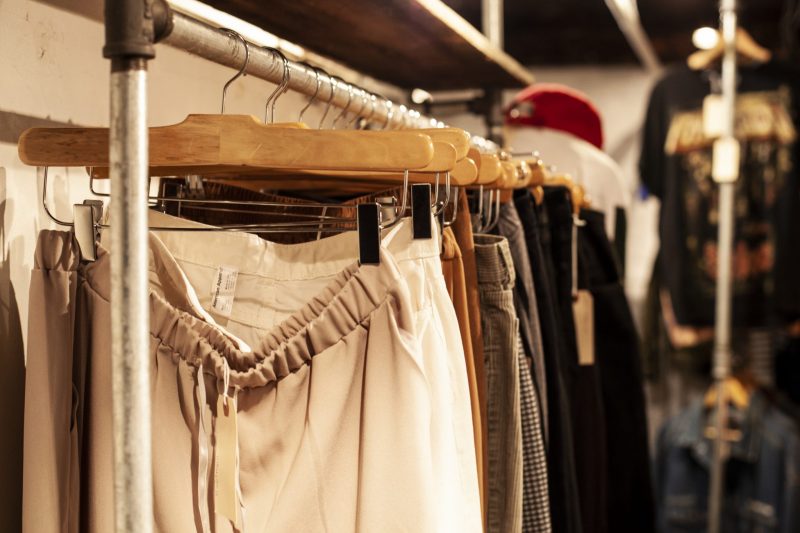The pressure to consume and why thrifting isn’t as great as we think


As I’ve moved past my dreadful teenage years of fashion and started to care about my personal style more and more, I’ve also begun to realize that having a decent-sized wardrobe is incredibly wasteful and ethically concerning.
The amount of clothes I’ve felt the need to buy based on passing urges is ridiculous. I’ve bought belts, vests, shoes and dresses to complete outfits I’m very proud of, but then wear only once or twice. Afterwards, they lie in my closet – collecting dust for the next year.
The fashion industry, at its core, is based on brief trends that encourage the purchasing of bad quality clothing or clothing that goes out of style quickly. Then after a month or two, we are back at the store to get more “stuff”.
Even if we hesitate to follow these short-lived trends, committing to a certain style often still involves owning a large variety of clothes and succumbing to the calls of that one expensive piece we have yet to possess.
I don’t want to get overly philosophical here, but most of us do have this unquenchable tendency to buy and consume, in order to fulfill whatever we think we’re lacking in our lives. I’m certainly not exempt from this.
However, as a generation that has grown up in more environmentally-aware times, we are gradually moving towards alternative and sustainable practices of purchasing clothing, such as thrifting.
It is only recently that thrifting has become a “cool” practice, endorsed by middle or upper class individuals. For decades before, shopping new and from brands with a certain status was the only respectable way of buying clothing.
We were, as a general public, happily ignorant of environmentally-friendly clothing practices. But now, as sustainability and a socially responsible lifestyle becomes cool and fashionable, thrifting also becomes acceptable. In fact, it is the holy grail of Gen Z consumer practices.
If you say you thrift, you get in with the right crowd. Saying you buy from SHEIN instantly earns you a dirty look, even as you clarify you only do it like once a year.
There’s now a narrative that goes along with the practice of thrifting. It is known as being a more sustainable way of finding clothing, as it involves reusing and recycling clothes that have already been purchased from ethically questionable fashion corporations, whose carbon emissions emit 10% of the global total.
So instead of buying new and continuing to add to these emissions, we can help conserve the planet (and our wallets) by going thrifting. Of course, this sounds like a dream, so it’s no wonder why its popularity has skyrocketed in recent years.
But we often hesitate to think a little deeper and question just how much of a positive impact thrifting really has. Ultimately, it is a different form of the same old pressure to buy more clothes, with the pretense that we are doing something good.
Specifically, as an article from the Berkeley Economic Review pointed out, thrift stores exist to support consumers who can’t afford higher-end brands, sustainable or otherwise. So when middle or upper-class people go on large thrifting hauls, the clothing we buy is clothing that would otherwise be purchased by those who are much less privileged.
As the article asks quite blatantly, are we “stealing from the poor” when we go thrifting?
We need to be reminded more frequently that thrifting isn’t a perfect fix to the larger consumption problem we all have. Sure, it has more apparent pros than cons, but that’s not a good enough excuse to keep buying more unnecessary stuff, especially that which is actually essential for other people.
If you have the privilege to buy both new or thrifted, you have the responsibility to stay mindful of how much you’re buying, no matter which option you choose. Above all, don’t take any of it for granted.


